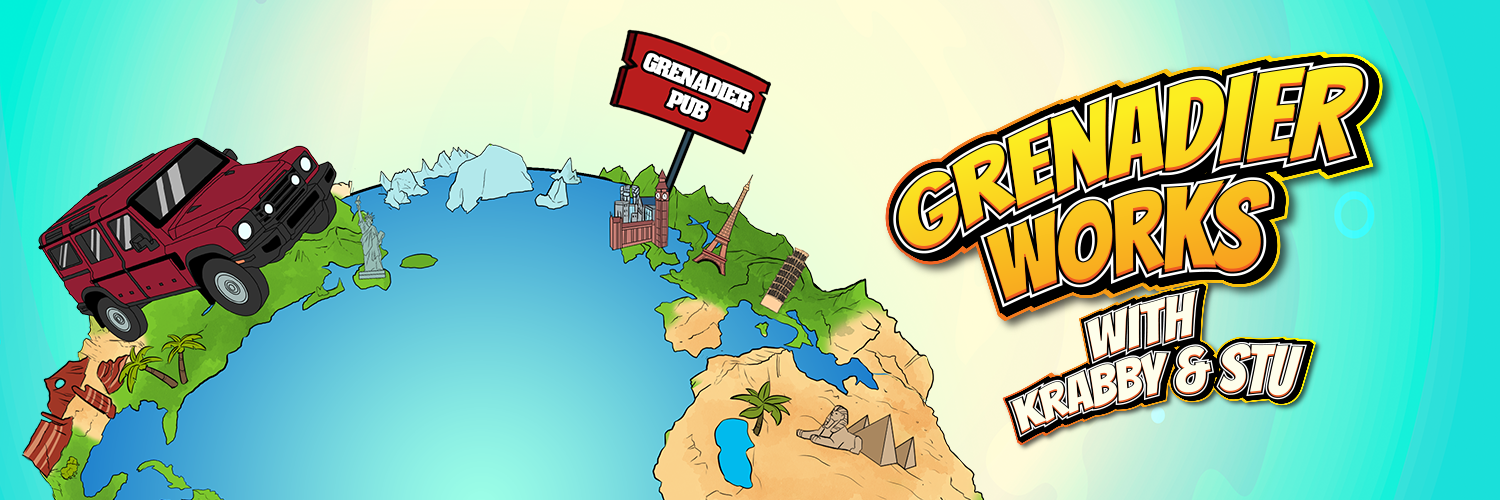Totally agree that IA should inform the customer as to what caused the engine failure.I will have more to say, but INEOS and Budget seem to have done the right thing. With such a catastrophic failure, it takes time.
I had a modest failure remote with my new Stockman trailer. I paid to have it fixed and then the maker reimbursed the costs, promptly and without dramas (they stood behind their product - thank you Stockman). Failure was due to a shock absorber nut not being properly torqued. It was the first remote trip for the trailer and it failed early on. I even checked the trailer about 30 minutes before the failure. Nut came off, shock hits ground and is damaged, spring pops out. Trailer cannot be driven, but minimal damage otherwise.
I have fitted a sealed snorkel with airbox to my IG. The final factor which made me buy it, was seeing more than one INEOS on that Cape York trip go over the 800mm max wading depth across the river, Only for a short time, but that is enough for water to work its way into the motor and hydro lock it. You do not need much water in the airbox. Result new engine. That is one possible cause.
My mate who worked for years at 4X4 workshops in the Kimberley. He has seen quite a few cars in for repairs, which were suppose to have sealed snorkels, but poor installation meant water got in. The exact reason why I drove to Melbourne to have GrenX fit the sealed snorkel and not an agent.
When I saw a couple of cars go over the max wading depth, I thought then and there they were lucky not to hydro the motor. But it may have just taken a bit longer for the water to get to the motor. If that was the cause, still a big if.
It is BS they are not saying what is wrong with the motor, but you need a new motor. They know or have a very good idea of the cause.
I had an engine failure on my previous vehicle at 136K km and the vehicle was out of warranty. The dealership told me what the problem was, and the manufacturer supplied a new engine with no cost to me and even provided a loan car at their expense. I did not even have to call on Consumer Law, they did a warranty repair without any prompting. Good on Stellantis. Clearly, it was a known issue as there were several engines on the repairer's floor and there were no engines in the country at the time.
You have to wonder why neither IA nor the insurer disclosed what the actual problem was - are they hiding something?



